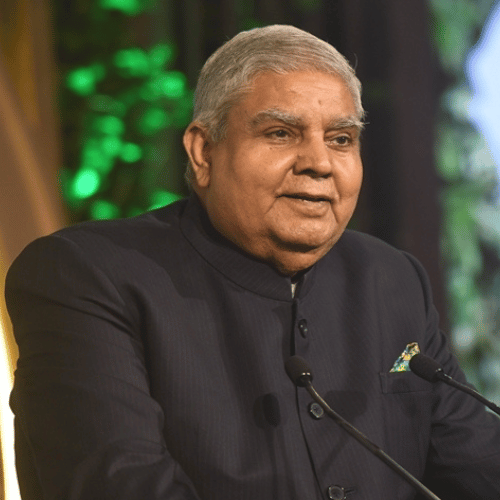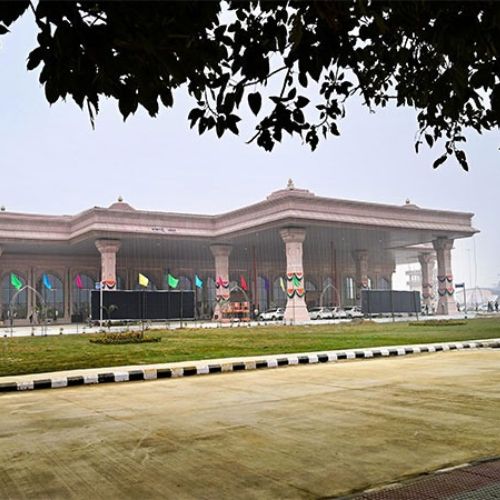In the second quarter, New Zealand’s economy expanded more than forecast, supported by a rebound in the services sector. By avoiding a technical recession, the country’s government, which has come under scrutiny for its handling of the economy in the run-up to an election, would benefit.
According to economists, the central bank may be alarmed by the stronger-than-expected expansion because it has previously stated that slower growth is necessary to contain inflation. As a result, rates may stay higher than expected for a longer period of time.
Gross domestic product (GDP) increased by 0.9% in the June quarter, exceeding experts’ expectations of 0.5% and following a revised 0.0% increase in the first quarter, according to official figures released on Thursday.
Since there was no growth in the first quarter, the economy wasn’t officially in a recession.
Data from Statistics New Zealand showed that annual growth jumped to 1.8%, exceeding the predicted 1.2%.
Following the release of the data, the New Zealand dollar reached an intraday high of $0.5952, but as of 01:05 GMT, the U.S. dollar’s strength had caused it to fall 0.3% to $0.5913. The two-year swap rate increased by 12 basis points to 5.745%, the highest level since 2008, however some of this increase can probably be attributed to the U.S. Federal Reserve’s hawkish posture hardening.
According to Statistics New Zealand, the manufacturing sector benefited from a recovery following the effects of Cyclone Gabrielle in the first quarter, while business services growth was exceptionally strong and mostly attributable to growth in computer system design.
The turnaround in the economy pleased New Zealand’s ruling Labour party, which is doing poorly in the polls three weeks out from the Oct. 14 election.
Grant Robertson, the finance minister, told reporters, “It’s a victory for the New Zealand economy and for the people who work hard every single day to deliver high quality jobs.”
The opposition has criticised the government’s participation in the record-high inflation and the faltering economy, which has been a major subject in this year’s election.
The New Zealand economy’s continued resilience highlights the risk that OCR (official cash rate) settings will need to remain tight for a prolonged period to get inflation back into target, according to a note from ASB economists. “Present headwinds mean we still expect the pace of activity to slow over the course of the next year,” the economists wrote.
The second half of 2023 will have a recession, according to Reserve Bank of New Zealand (RBNZ) predictions.
Since the official cash rate was launched in 1999, the RBNZ has tightened policy more aggressively than ever before, increasing it by 525 basis points since October 2021 to 5.50%. It declared that it was probably done hiking in May and once again in August.















